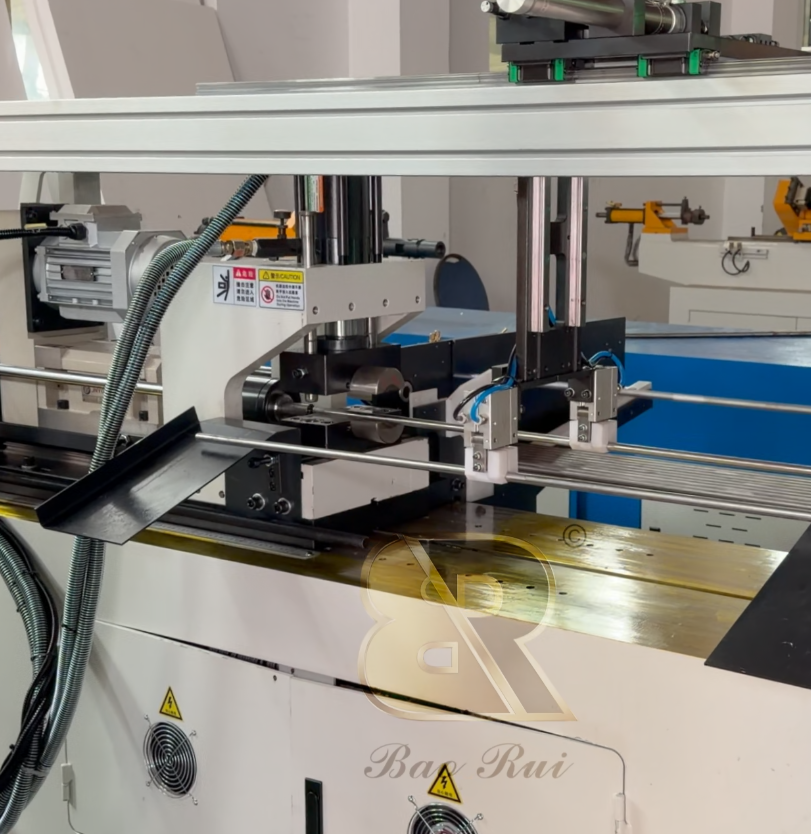In fields such as machinery manufacturing, pipe processing, and hardware accessories production, the treatment of the edges and corners of parts is a critical step affecting product quality, assembly accuracy, and safety of use. Double-head chamfering machines, as automated processing equipment specifically designed to address this core need, are becoming indispensable "edge and corner shaping masters" in modern industrial production lines due to their high efficiency, precision, and stability.
The "efficiency secret" of a double-headed beveling machine
The core advantage of the double-head chamfering machine lies in its "synchronous processing" design. Unlike single-head machines, it eliminates the need for repeated workpiece clamping; a single positioning completes chamfering and deburring at both ends, saving the trouble of secondary calibration and halving the processing cycle. For common workpieces such as round steel and steel pipes, the machine uses an automatic feeding device for continuous feeding, combined with a servo motor to precisely control the speed and feed rate, ensuring consistent chamfering angle and depth for each operation. This avoids errors from manual operation and enables efficient and stable mass production, making it a key piece of equipment for cost reduction and efficiency improvement in production lines.
"Micron-level control" in precision machining
For mechanical parts, the precision of edges and corners directly affects the assembly result. Double-head chamfering machines, through the seamless cooperation of their CNC systems and high-precision fixtures, can control chamfering errors to the micron level. Operators input parameters via a touchscreen, and the machine automatically adjusts the tool angle, ensuring precise execution whether it's a standard 45° chamfer or a customized angle. Its built-in workpiece inspection function monitors the processing status in real time, immediately stopping the machine upon detecting any dimensional deviation, effectively preventing defective products and making it perfectly suited for manufacturing fields with extremely high precision requirements, such as automotive and aerospace.
A versatile tool adaptable to various scenarios
Double-head chamfering machines are not limited to processing single workpieces; their modular design gives them excellent adaptability. Whether it's a bolt a few millimeters in diameter or a steel pipe several meters long, simply changing the corresponding fixtures and cutting tools allows for quick changeovers.With the addition of practical functions such as automatic feeding and overload protection, the equipment not only reduces the difficulty of operation but also improves safety, making it an ideal choice for multi-variety, small-batch production.
"Industrial Partner" for Intelligent Upgrading
Modern double-head chamfering machines have long since moved beyond purely mechanical operation, rapidly iterating towards intelligent operation. CNC programming allows for one-click parameter setting, eliminating the need for complex adjustments; touchscreen operation is intuitive and easy to understand.Even beginners can quickly get started; some models are equipped with IoT modules, which can upload production data in real time, making it convenient for managers to monitor capacity and equipment status. Features such as tool wear warning and automatic lubrication reduce equipment maintenance costs; the application of energy-saving motors makes the processing more environmentally friendly. From "manual operation" to "intelligent management," the double-head chamfering machine is becoming an indispensable and powerful partner in modern industrial production lines with its higher efficiency and greater ease of use.

